
But what many people don’t realise is that the world of food photography has a lot of unappetising secrets – as the people behind the camera use a lot of surprising, and often rather disgusting tricks to make those food photos look good enough to eat!
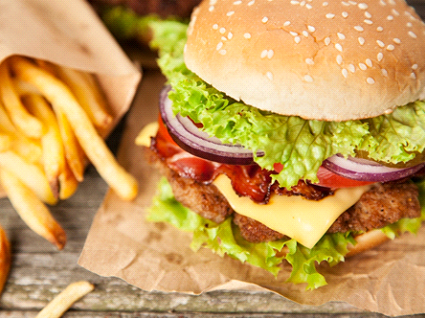
From cardboard and cotton balls, to liquid soap and lipstick, a food stylist’s toolkit is packed with ‘ingredients’ that typically have no place in a meal. But in order to create appealing photographs of perfectly-grilled burgers, steaming dishes of pasta, frosty, frothy drinks or plump stacks of pancakes, sometimes a little imagination and improvisation is needed.
Below we’ll reveal some of the most surprising secrets of food photography. You’ll never look at a menu in the same way again!
Liquid dish soap makes drinks look bubbly and frothy
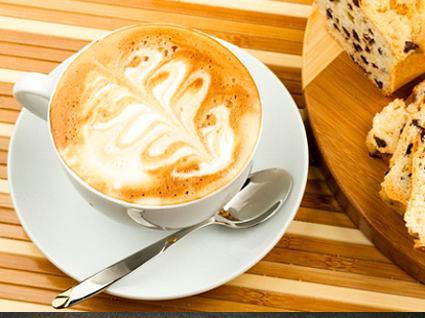
Next time you’re ordering your cappuccino at your favourite coffee shop, take a closer look at the frothy top in the photographs. That’s most likely to have been created using dish soap bubbles which don’t burst or disappear quickly, unlike the froth on most regular hot and cold drinks. If the drink needs to look like it’s bubbling from the bottom of the glass, the food stylist might drop an indigestion relief tablet into the liquid to create the fizz. Gross!
Wet cotton balls are used to create steam around ‘hot’ food
For photographs where food needs to look hot and freshly-cooked, food stylists have a clever trick to create the steam. Wet cotton balls, microwaved just seconds before the shot and hidden behind or within the food, give off the required steam without having to re-cook the food for the shot. And if cotton balls aren’t available, sponges (or even tampons) do the job too!
Lipstick is used to make strawberries perfectly red
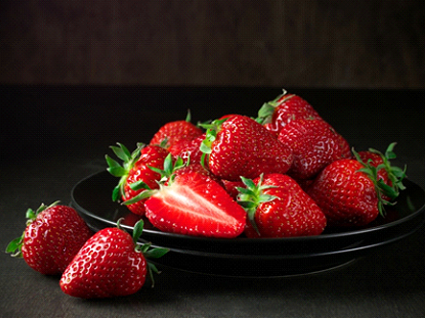
Strawberries aren’t always uniformly white, so food stylists may use touches of lipstick to conceal any white spots on the fruits before they’re snapped.
Lard often takes the place of ice cream in food photographs
Ice cream doesn’t hold up very well under hot studio lights – so lard, mixed with food colouring and powdered sugar, often takes the place of ice cream or whipped cream in those delicious-looking dessert photographs. It’s also been known for food stylists to use mashed potatoes to mimic ice cream and milkshakes too.
Food colouring and condiments are substituted for ‘real’ drinks
Photographs of alcoholic drinks are likely to be entirely tee-total – it’s expensive to waste real alcohol in a drink that’s to be photographed, then thrown away. The solution is to use food colouring mixed with water to create colourful ‘cocktails’. Black coffee is also hard to photograph, so stylists may improvise with watered-down soy sauce or even gravy instead!
Cardboard helps to keep layers of food stacked up
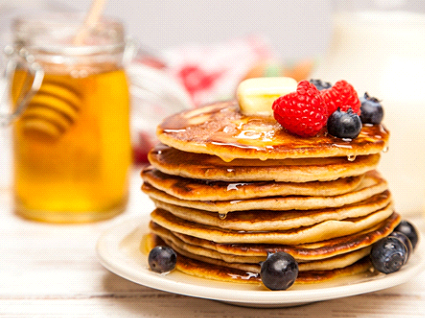
A stack of pancakes or a towering burger rarely look as perky when they arrive at the table as they do in the photographs. That’s because food stylists build them with pieces of cardboard and toothpicks in between the layers for the photographs, to keep them stable and prevent ‘sagging’ under the hot lights.
Glue is used to strategically place sesame seeds on hamburger buns
Hamburgers are surely one of the most often-photographed foods in the world, but have you ever noticed how the buns are always liberally covered with sesame seeds? That’s likely to be the work of an incredibly patient food stylist that has used glue and tweezers to strategically stick the seeds in place. Another rather stomach-churning use for white glue: in place of milk when photographing bowls of cereal, as milk turns the cereal pieces soggy very quickly.
Blowtorches remove the need for foods to be thoroughly cooked
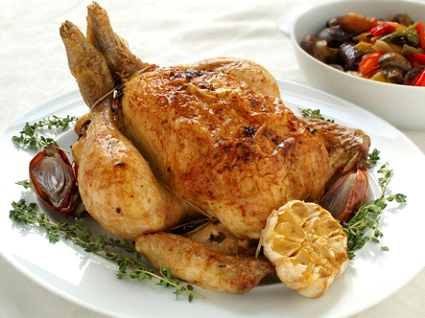
Time can be short on the set of a food photography shoot, and it’s not always likely that facilities are available for the food to be properly cooked. The solution is for food stylists to use a blowtorch to ‘cook’ the exterior of food before it’s photographed. This can mean that a turkey or chicken will be raw inside, but appear perfectly cooked and crispy-skinned on the outside, whilst burgers look fresh-off-the-grill after just a few seconds underneath the flame. Stylists may also use heated metal skewers to create perfect grill and char marks on meat and vegetables, one at a time!
Deodorant or hairspray creates perfectly frosty glasses
When a drinks glass needs to look chilled and frosty for a photo, stylists may turn to spray-on deodorant or hairspray to do the trick. These sprays can also be used to make the skins of grapes look cold and matte.
White plates create the perfect backdrop for food photographs
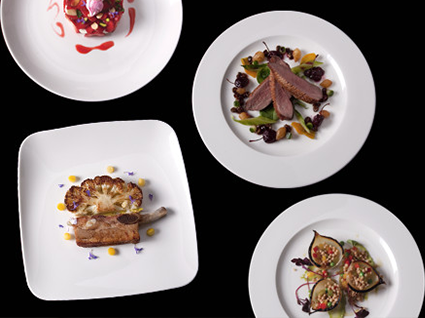
Here’s a trick that food stylists use that won’t turn your stomach. White and ivory plates are so often used in food photographs because they provide the perfect canvas for culinary creations, and allow the dishes to be the centre of attention and the colours and textures to really make an impact. With this in mind, we created our Crème crockery collection, with an array of ivory plateware in a range of shapes and profiles to complement your dishes, whether you’re photographing them to showcase your menu, or presenting them to guests at the table.
Do you have any more food photography and styling secrets to add to our list? Send us a tweet @BunzlLockhart to share them with us! To read more about secrets from the food world, read our blog post to get ‘A Taste of the Secrets and Science of Flavour Pairing’, or discover more Food Photography Tips for Restaurants to make your dishes look delicious.

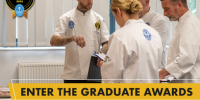
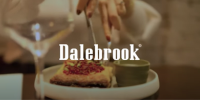
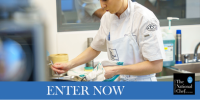
Leave a comment